Three researchers who developed a way to see the basic molecules of life in three dimensions won the 2017 Nobel Prize in chemistry,Sarah Shevon Archives the Royal Swedish Academy of Sciences announced on Wednesday.
Jacques Dubochet of Switzerland’s University of Lausanne, Joachim Frank of Columbia University in New York City, and Richard Henderson of the MRC Laboratory of Molecular Biology in England were honored “for developing cryo-electron microscopy for the high-resolution structure determination of biomolecules in solution,” said Göran Hansson, Secretary General of the Royal Swedish Academy of Sciences, in announcing the prize in Stockholm.
SEE ALSO: Google Doodle honours Australia's only Nobel Prize winner in chemistryBasically, cryo-EM lets biologists see what they’re studying, from the surface of the Zika virus to human enzymes involved in disease. If a molecule involved in cancer, for instance, by seeing its shape drug developers can glean clues about the kind of molecule they need to create to disrupt the molecule. The prize is therefore another example of the chemistry Nobel honoring research that is squarely within biology.
The three scientists will receive the Nobel Medal, Nobel Diploma and a document confirming the Nobel Prize amount (9 million Swedish krona, about $1.1 million) from King Carl XVI Gustaf of Sweden at the annual Nobel ceremony in Stockholm on Dec. 10, along with the rest of this year’s laureates.
Cryo-electron microscopy, the Nobel committee said, “has moved biochemistry into a new era,” because “a picture is a key to understanding.”
This Tweet is currently unavailable. It might be loading or has been removed.
“I think this is a very exciting choice,” Jeremy Berg, editor in chief of Scienceand former director of the National Institute for General Medical Sciences at the National Institutes of Health, told STAT. Cryo-EM “is truly revolutionizing biochemistry, particularly over the past five years.” Many of the structures it has revealed, often at an atomic level, “are those of greatest interest to biologists, but have been difficult to reveal by other means,” he said, including “ion channels central to the function of the nervous system and the machinery for splicing RNA, essential for effective gene expression.”
The three laureates worked independently, but their discoveries about how to prepare biological samples to have their picture taken, how to take the picture without destroying the sample, and how to turn the initial fuzzy image into something sharp converged to make cryo-EM today’s go-to imaging technology.
Older microscopic techniques couldn’t generate images of life’s molecular machines; the cutting edge technique of yore, electron microscopy, seemed to work only for seeing dead objects, since the electron beam destroys living things. But Frank, who said on Wednesday that he “didn’t mind” receiving the early-morning call from Stockholm, developed a way to take the fuzzy 2D images from electron microscopes and turn them into a sharp 3D picture, the first step toward cryo-EM.
 (L-R) Swiss scientist Jacques Dubochet, German scientist Joachim Frank and British scientist Richard Henderson. Credit: UNIVERSITY LAUSANNE/COLUMBIA/CAMBRIDGE UNIVERSITY/EPA-EFE/REX/Shutterstock
(L-R) Swiss scientist Jacques Dubochet, German scientist Joachim Frank and British scientist Richard Henderson. Credit: UNIVERSITY LAUSANNE/COLUMBIA/CAMBRIDGE UNIVERSITY/EPA-EFE/REX/Shutterstock Ordinary electron microscopy makes biomolecules, which contain water, collapse. But in the 1970s Dubochet showed that adding water to electron microscopy in a certain way that prevented that. He cooled water so rapidly that it became a sort of solid liquid (more like glass than ice, despite the “cryo” in the same), forming a sort of cage around the biological sample, letting the biomolecules keep their shape. (Dubochet is known not only for his discoveries but also for having one of science’s more unusual official CV‘s, which starts with being “conceived by optimistic parents” in October 1941 and includes “being the first official dyslexic in the canton of Vaud” in 1955.)
Henderson showed that it is possible to freeze biomolecules “mid-movement,” the Nobel committee said, generating a three-dimensional image of a protein down to the atomic level. His breakthrough came in 1990, when he used cryo-EM to reveal the 3D structure of a bacterial protein called bacteriorhodopsin. That demonstration of what cryo-EM could achieve was “decisive for both the basic understanding of life’s chemistry and for the development of pharmaceuticals,” the committee said.
In the new millennium, cryo-EM became the go-to technology for seeing the molecules of life, capturing everything from proteins that cause antibiotic resistance to the surface of the Zika virus to receptors in human cells that sense the spiciness molecule in chili peppers. And biologists hope that by actually seeing what their drugs have to target, they might develop more effective medications more quickly: a study last year, for instance, showed the atomic-level structure of an enzyme that, if disrupted, might fight cancer.
 What cracked the Milky Way's giant cosmic bone? Scientists think they know.
What cracked the Milky Way's giant cosmic bone? Scientists think they know.
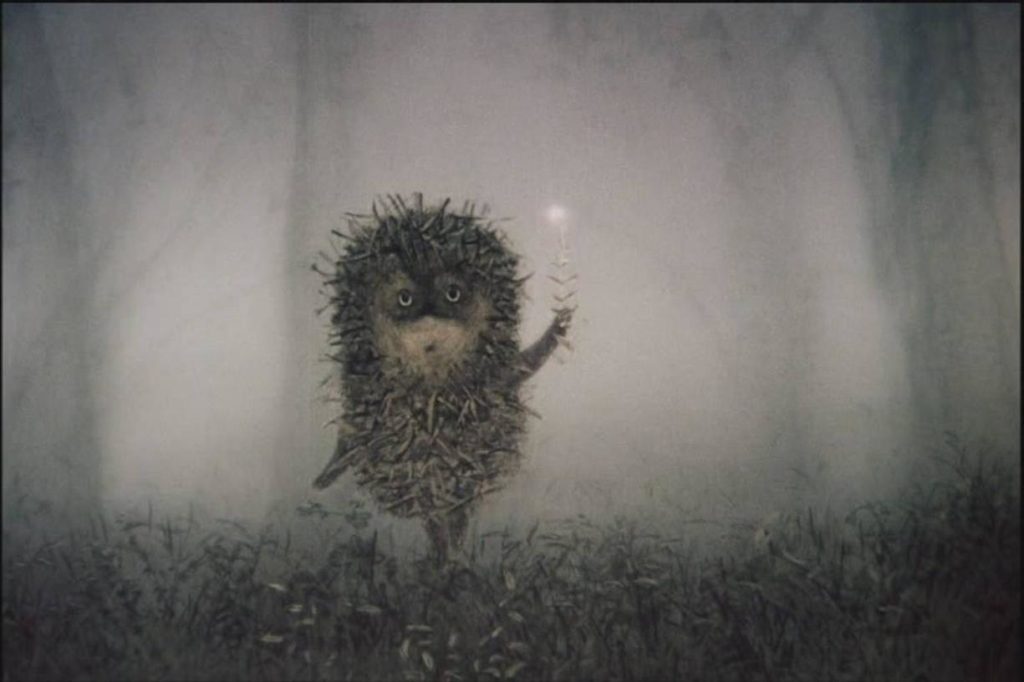 The Melancholy of the Hedgehog
The Melancholy of the Hedgehog
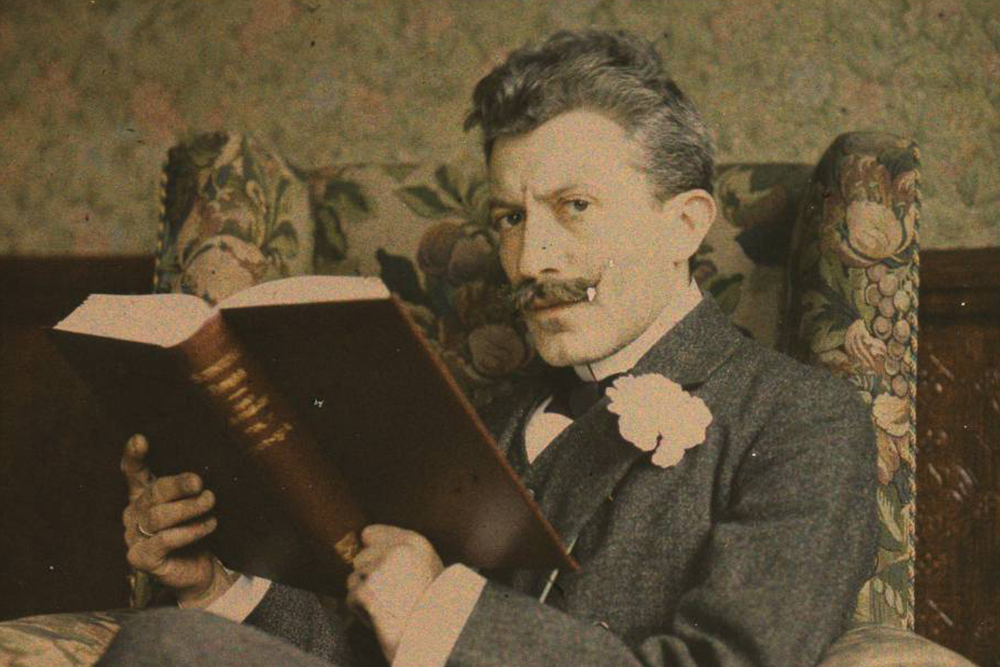 Need a Father’s Day Gift? A Novel Proposal by David McGlynn
Need a Father’s Day Gift? A Novel Proposal by David McGlynn
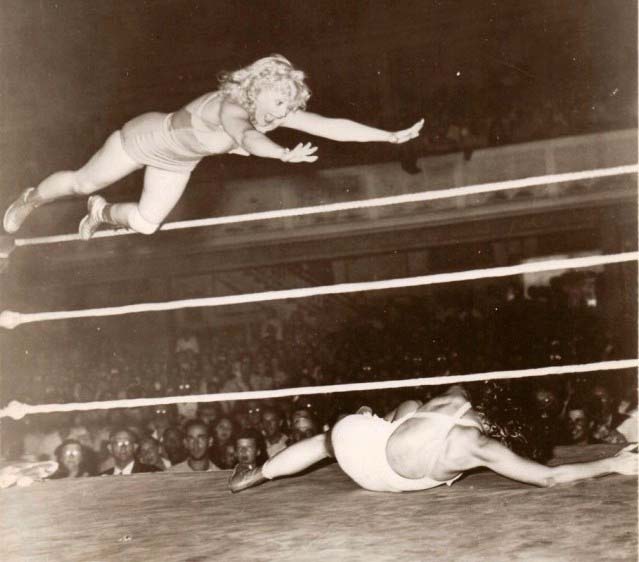 The Spectacle of Women’s Wrestling
The Spectacle of Women’s Wrestling
 NYT Connections Sports Edition hints and answers for May 18: Tips to solve Connections #237
NYT Connections Sports Edition hints and answers for May 18: Tips to solve Connections #237
 The Spectacle of Women’s Wrestling
The Spectacle of Women’s Wrestling
 Redux: In Dire Straits by The Paris Review
Redux: In Dire Straits by The Paris Review
 Cooking with Fyodor Dostoyevsky by Valerie Stivers
Cooking with Fyodor Dostoyevsky by Valerie Stivers
 The cicadas aren't invading the U.S.
The cicadas aren't invading the U.S.
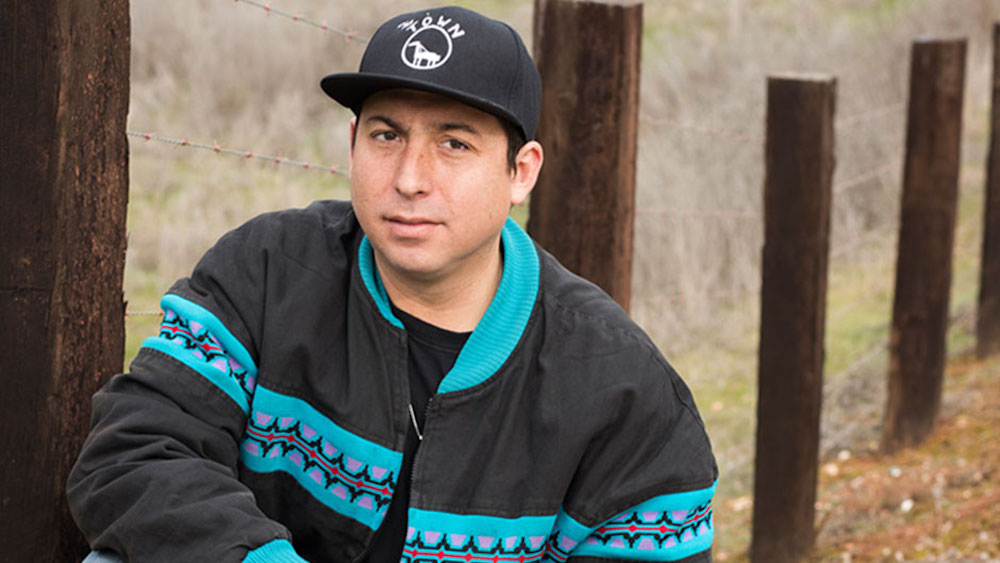 Tommy Orange and the New Native Renaissance by Julian Brave NoiseCat
Tommy Orange and the New Native Renaissance by Julian Brave NoiseCat
 Boeing's new VR simulator immerses astronauts in space training
Boeing's new VR simulator immerses astronauts in space training
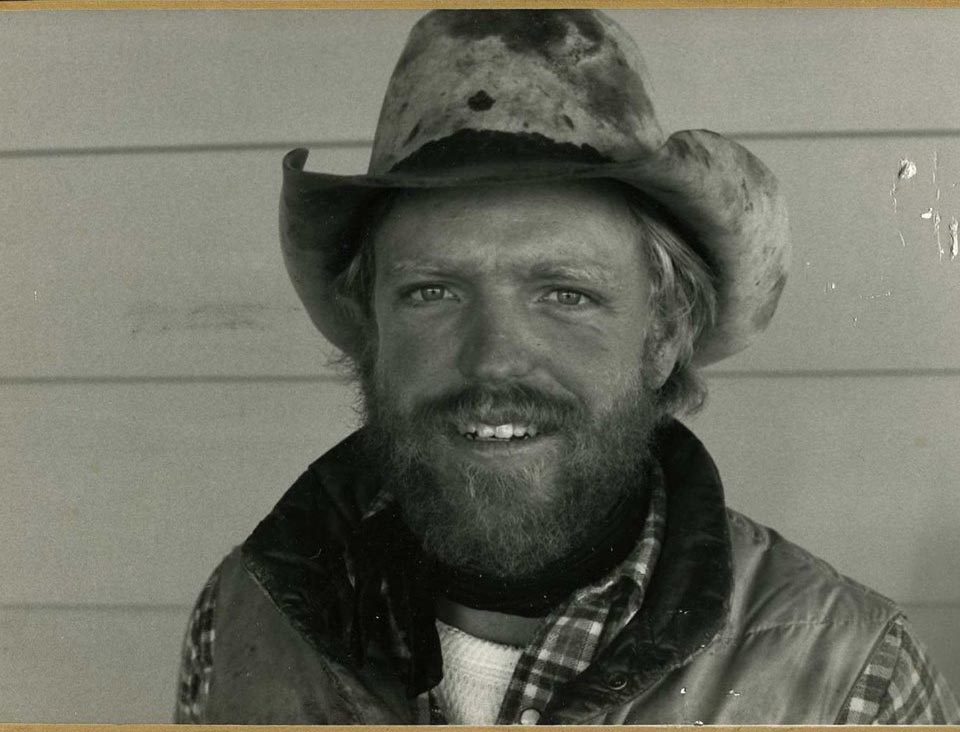 A Space Cowboy’s Curriculum
A Space Cowboy’s Curriculum
 Tommy Orange and the New Native Renaissance by Julian Brave NoiseCat
Tommy Orange and the New Native Renaissance by Julian Brave NoiseCat
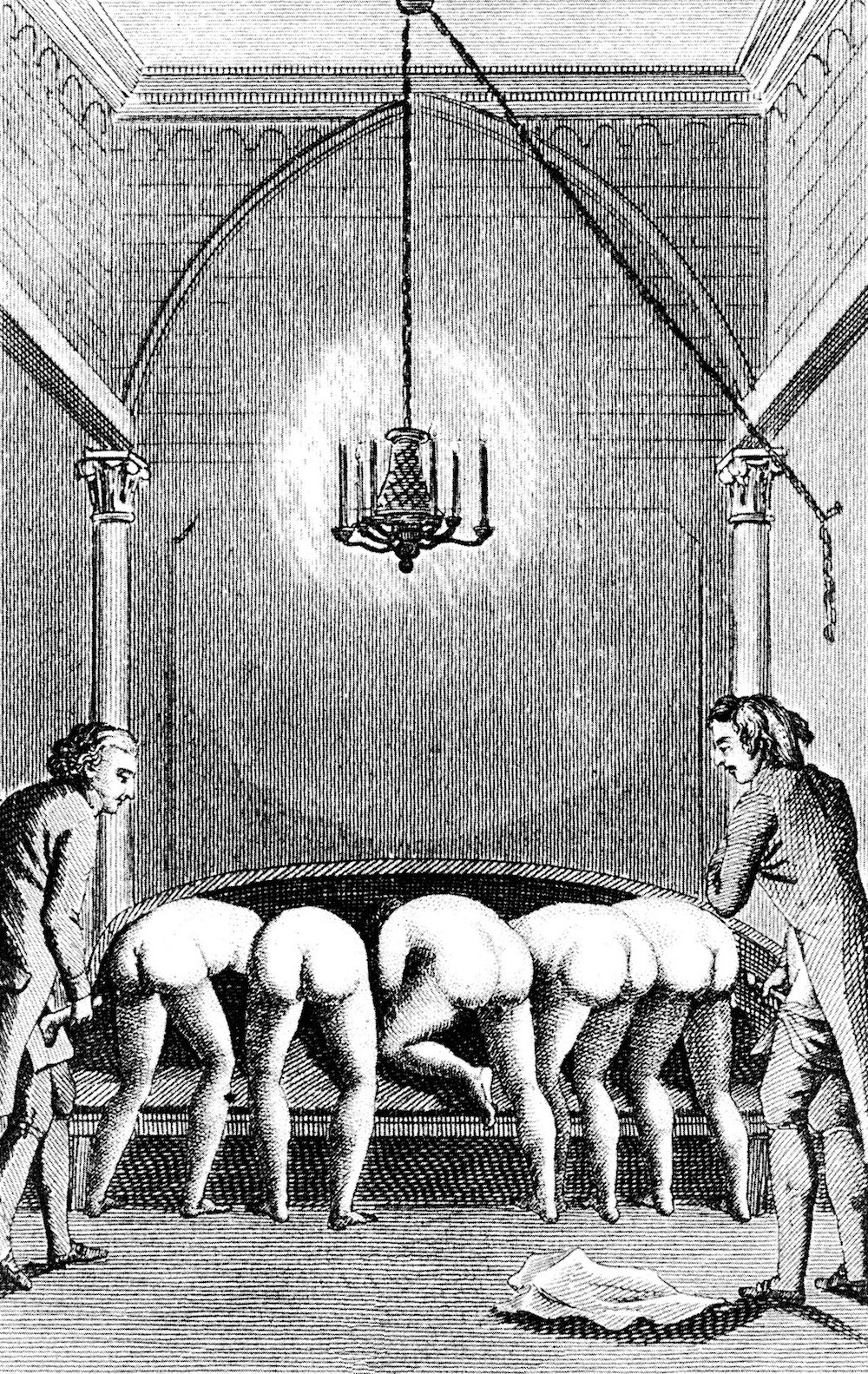 Sadism Illustrated by Marquis de Sade
Sadism Illustrated by Marquis de Sade
 Redux: A State of Hyperconsciousness
Redux: A State of Hyperconsciousness
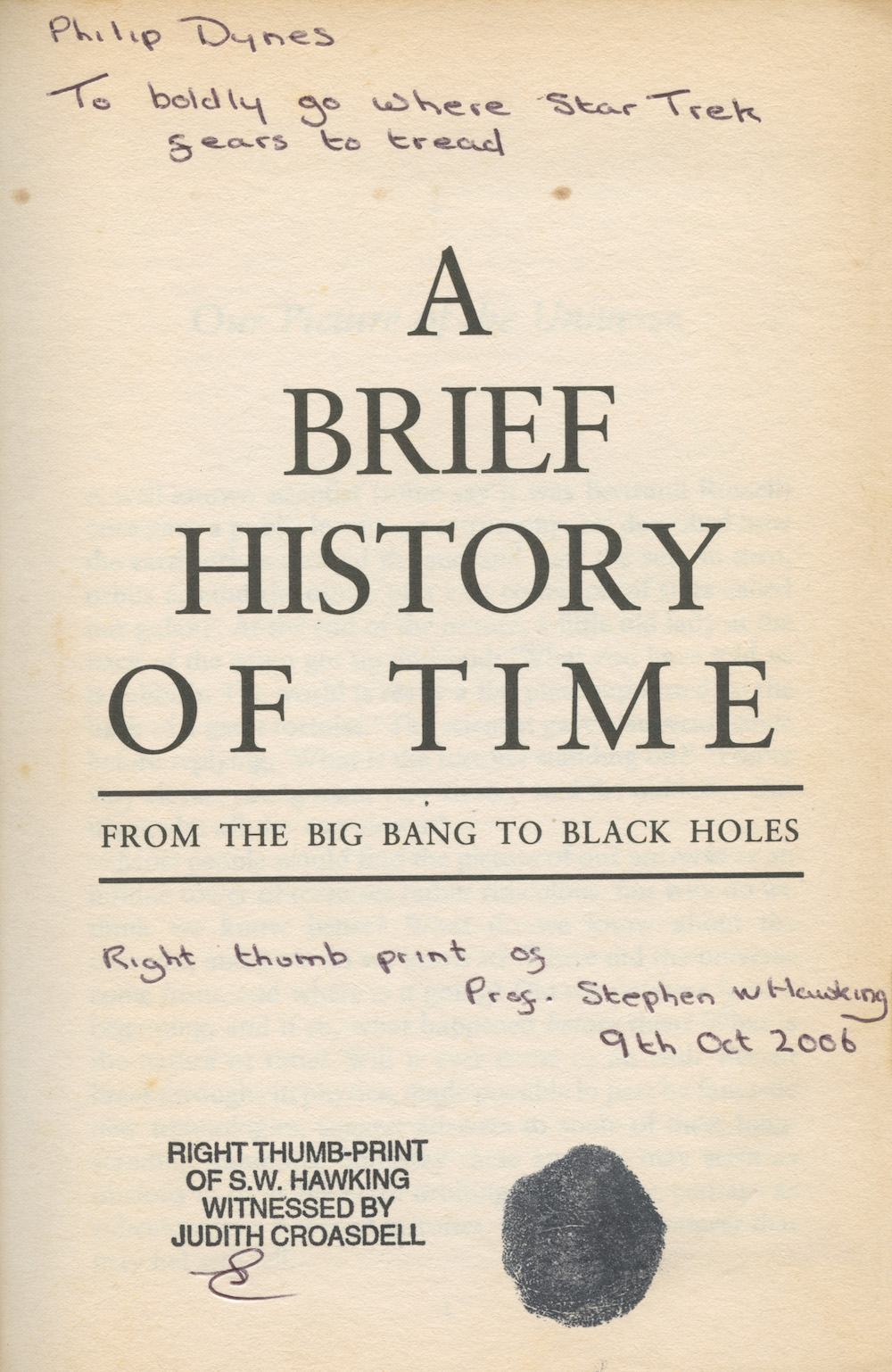 The Handwriting of Famous People by The Paris Review
The Handwriting of Famous People by The Paris Review
 Ode to the Motel Pool
Ode to the Motel Pool
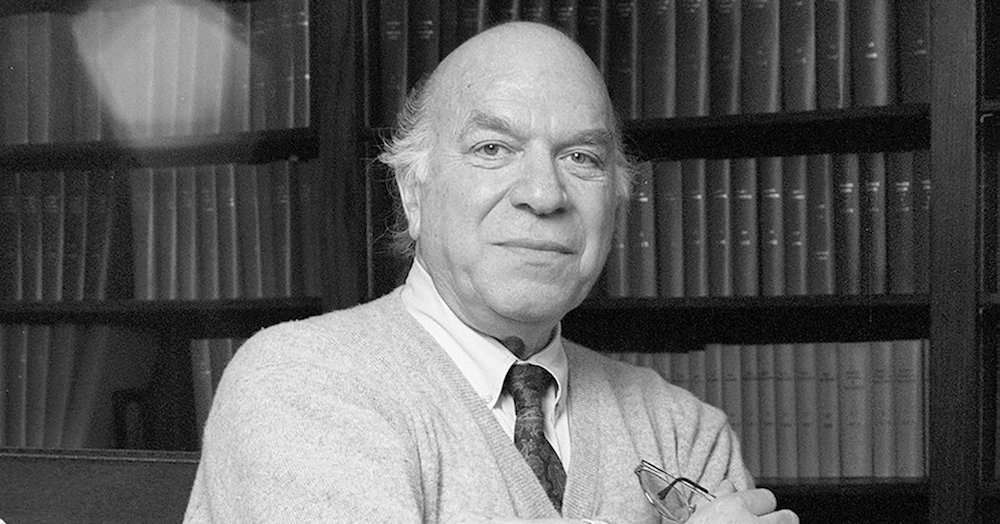 In Memory of Stanley Cavell
In Memory of Stanley Cavell
'Fantastic Beasts' casts Young DumbledoreMotorcyclist takes global adventure after exBest father ever creates unbelievable cardboard armor for his sonTurns out the iPhone 8 might be pretty damn ugly'Veep' cut a 'golden showers' joke because of TrumpThere's a touching story behind the Princess Diana memorial gardenThis store wants you to switch off your phone and relax while you peel potatoesApple has just made a major change to the paella emojiA scorpion stung a man on a United Airlines flight, because United AirlinesThese hero ants perform dramatic, mindGoogle seems to have shut down Burger King's trolling adsFace it: Smartwatches are totally doomedFamous designer takes down his crowdfunding page after being trolled, like a lotPeeps diorama contest winner gives the world 'The Peeple vs. O.J. Simpson'Amazon just cleared its biggest hurdle for payments in IndiaEllen DeGeneres isn't about to let that chicken nuggets teen steal her Twitter recordIndyCar champ Tony Kanaan has special wearable tech to win racesJust let this pizza covered in tacos and guacamole happenThis 'Game of Thrones' fan theory is peak LannisterEllen DeGeneres isn't about to let that chicken nuggets teen steal her Twitter record Security researcher says he's figured out how to decrypt WannaCry Happy gecko and his plastic friend are an absolute ray of sunshine 'Han Solo' set photos show beat Julian Assange tweets a simple response as Sweden drops rape investigation Vanessa Bayer departs 'SNL' after 7 seasons The first 'Wonder Woman' reactions hit Twitter and wow, just wow Fyre Festival was funny, but now it's reportedly under investigation by the FBI All the best family photos from Pippa Middleton's decadent wedding A badass safer sex advocate is spray painting condoms on graffiti penises Twitter was pretty devastated by 'I Am Heath Ledger' This just might be the greatest Musical.ly video of all time Justin Timberlake finally replies to that Seth Rogen tweet Cry of the Week: 'Shots Fired' finally gives us justice for Joey Campbell How to share Google Photos animations to Instagram Ted Cruz just made a really funny joke on Twitter, seriously Boy tries to ransom his dad for more pocket money with WannaCry prank There is a protective bubble around Earth and we put it there This watchmaker thinks this $200,000 Pokemon watch is the 'emblem of millennials' Tim Cook spotted wearing a special glucose monitoring Apple Watch Why Elon Musk, not Donald Trump, is the most important person on Twitter
2.3585s , 10130.1953125 kb
Copyright © 2025 Powered by 【Sarah Shevon Archives】,Fresh Information Network